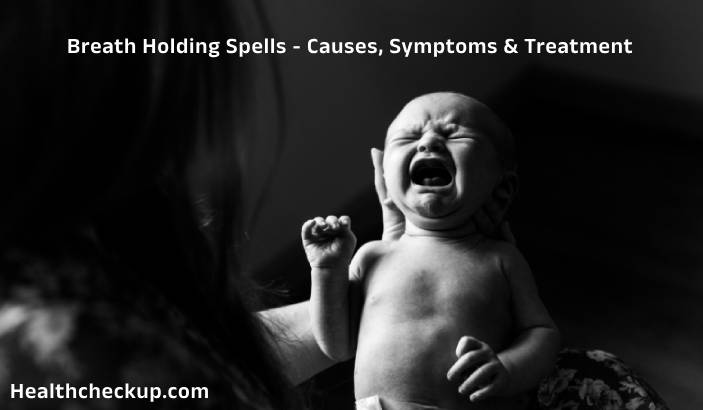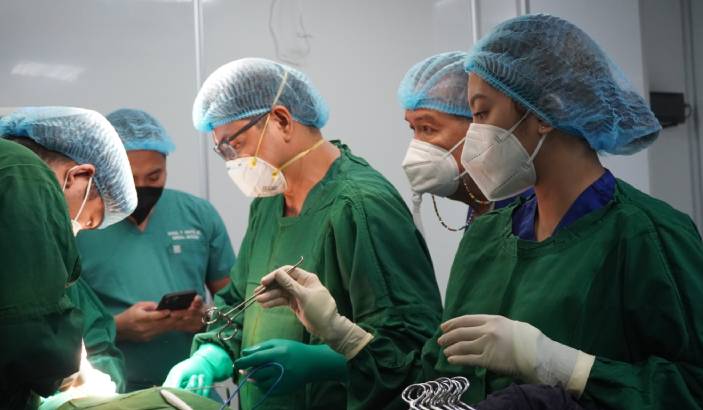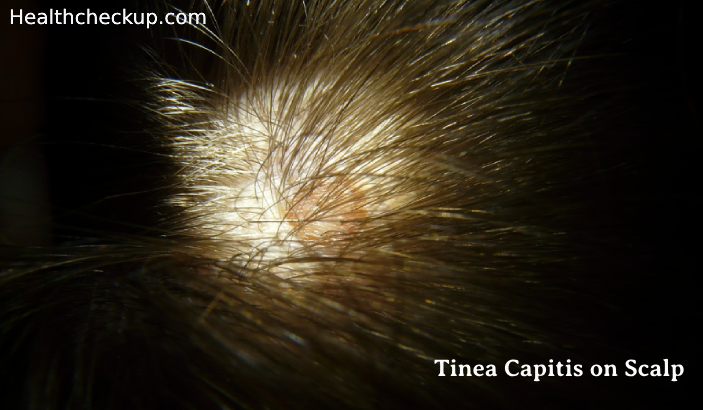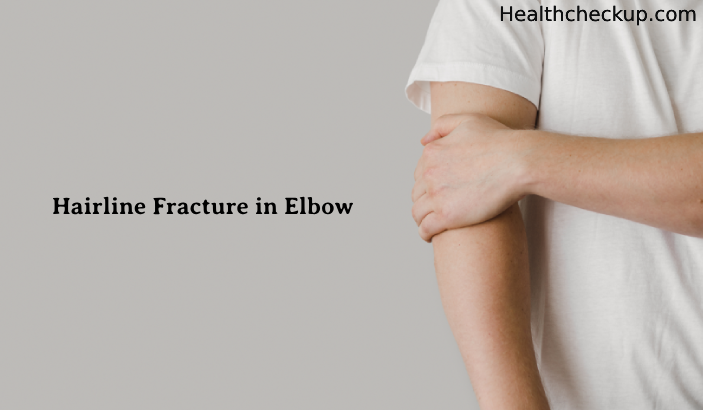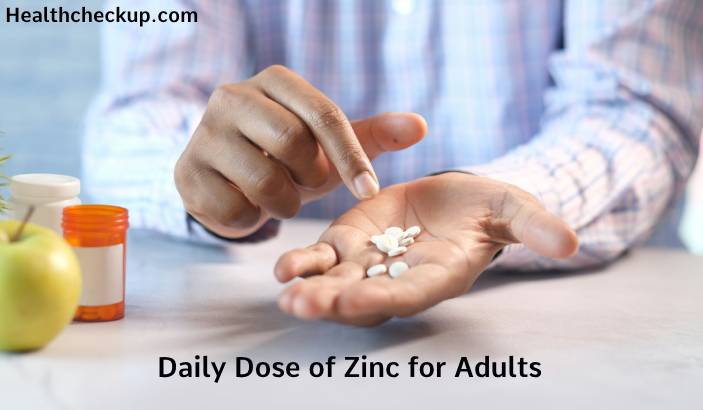Most of you must, definitely, be familiar with the word Computerized Tomography, or CT scan, as it is most commonly known as. While you must have heard of the word in various contexts, do you know what exactly is a CT scan?
What is a CT scan?
A computerized tomography, or (CT) scan is nothing but a combination of a series of X-ray images taken from different angles. Computer processing is used to create cross-sectional images, or slices, of the bones, blood vessels, and soft tissues inside your body. But, there is a difference – CT scan images provide more detailed information than plain X-rays. CT scans are painless and take only a few minutes – about 30 minutes.
During the scan, you will be asked to lie on a narrow, mechanized table that slides through the opening into a tunnel. Straps and pillows are used to help you stay in position and stop you from moving. The table is fitted with a special cradle to hold your head still in the case of a head scan. While the table slides you into the scanner, detectors and the X-ray tube rotate around you. Each rotation gives several images of thin slices of your body.
Though the scanning itself is not painful, some people may feel discomfort from having to remain still for a considerable period of time. Such people who have a hard time staying still, or have chronic pain, may find the CT exam to be quite stressful. In such a case, you may be given a mild sedative to help.
Why is a CT Scan Done?
A CT scan has many advantages, but is extremely well-suited to quickly examine people who may have suffered internal injuries from car accidents or other types of trauma. A CT scan is used to visualize almost all parts of the body, diagnose disease or injury, and also to plan medical, surgical or radiation treatment.
Your Family Physician May Recommend a CT Scan to:
- Diagnose muscle and bone disorders, such as bone tumors and fractures
- Find the exact location of a tumor, infection, internal injury, or blood clot
- Guide procedures for surgery, biopsy, or radiation therapy
- Detect diseases such as cancer, heart disease, or other internal ailments
- Monitor certain treatments
- Detect internal injuries and internal bleeding
What are the Risks of a CT Scan?
One of the primary risks of a computerized tomography is that of radiation exposure. During a CT scan, you are briefly exposed to ionizing radiation. But, in this case, the amount of radiation is a little more than you would be exposed to during a plain X-ray, because the CT scan gathers more detailed information. Studies have shown that CT scans are not known to cause long-term harm, although there may be a very small risk of cancer.
What is the Risk of Reaction to Contrast Material?
In some cases, it may be necessary for the doctor to recommend a CT Contrast scan. This involves injecting a special dye called a contrast material (dye) through a vein in your arm before the CT scan. The dye is needed for some CT scans, to help highlight the areas of your body being examined.
The contrast material can be sent into your body by any of the following methods, depending on the area of the scan:
- By mouth: If your esophagus or stomach is to be scanned, you will be asked to swallow a liquid that contains contrast material.
- By injection: The contrast material will be injected through a vein in your arm to help your gallbladder, urinary tract, liver, or blood vessels to be more pronounced in the images.
- By enema: A contrast material may be inserted in your rectum to help visualize your intestines. While this may be a bit unpleasant, it is not painful.
Although it is rare, the contrast material can, sometimes, cause allergic reactions or in some cases medical conditions. Most reactions are mild and can result in a rash or itching. In very rare instances, an allergic reaction can be serious, and even life-threatening. You ought to discuss with your doctor if you had a reaction to contrast material before.
What are the Benefits of a CT scan?
CT scans have many benefits that far outweigh the minor potential risk of radiation. Doctors take care to use the lowest dose of radiation possible to obtain the needed medical information. Now, sophisticated and faster machines use ultramodern technology that require less radiation than was previously used. Here are the advantages of a CT scan:
- CT scanning is painless, noninvasive, and accurate
- A major advantage of CT is that it is able to provide detailed images of bone, lungs, and other soft tissue and blood vessels – all at the same time
- CT is a cost-effective imaging tool for a number of clinical problems
- CT is cheaper than MRI
- CT can be performed even if you have an implanted medical device of any kind, unlike an MRI
- CT provides real-time imaging, making it a good tool for guiding minimally invasive procedures
- No radiation remains in the patient’s body after a CT scan.
- X-rays used in CT scans usually have no side effects.
Is a CT scan harmful to unborn babies?
While you should tell your doctor if you are pregnant, the radiation from a CT scan is unlikely to injure your baby. However, your doctor may recommend another type of exam, such as ultrasound or MRI, to avoid exposing your baby to radiation.
CT Scan Preparation
Depending on which part of your body is being scanned, you will be asked to:
- Take off your clothing and wear a hospital gown
- Remove metal objects, such as a belt, jewelry, dentures, and eye glasses – all objects that might interfere with the image of the scan
- Stop eating or drinking for a few hours before your scan
If a child is having a CT scan, the doctor may recommend a sedative to keep the child calm and still. Any movement will blur the images and may not give accurate results. Your doctor or nurse will give you detailed instructions on how to prepare your child.
You should also inform your doctor of any recent illnesses, medical conditions such as a history of heart disease, asthma, diabetes, kidney disease or thyroid problems. It should be borne in mind that any of these conditions may increase the risk of an allergic reaction.
What are The Precautions to be Taken after the CT Scan?
After the CT scan you can resume your normal routine. If you were given a contrast material, you may receive special instructions. In some cases, you may be asked to wait for a short time before leaving to ensure that you feel well. After the scan, you will be told to drink a lot of fluids to ensure that your kidneys remove the contrast material from your body.
CT Scan Results
After the CT scan, a radiologist who is specifically trained to interpret CT scans will analyze the images and send a report. Your doctor will, then, discuss with you about the findings and determine the future course of action.
Medically Reviewed By



